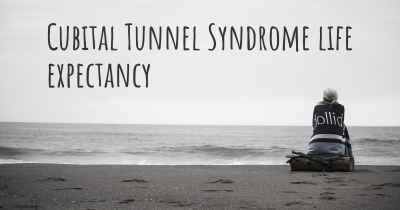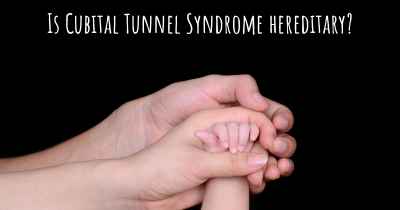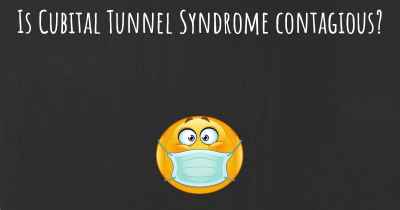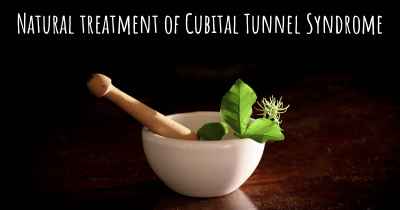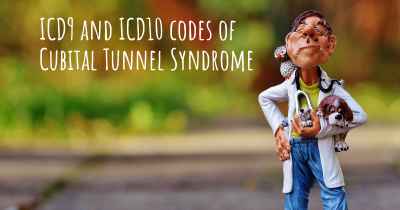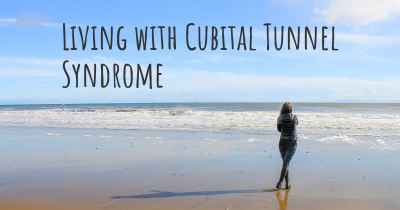What are the latest advances in Cubital Tunnel Syndrome?
Here you can see the latest advances and discoveries made regarding Cubital Tunnel Syndrome.
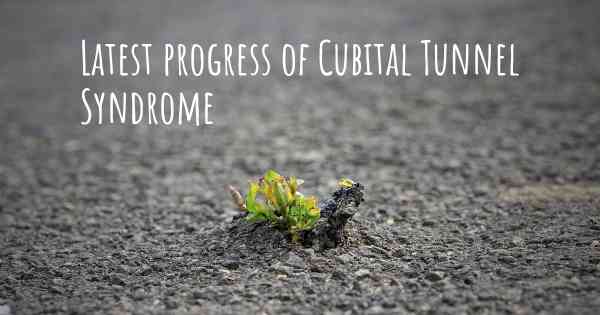
Cubital tunnel syndrome is a condition that affects the ulnar nerve as it passes through the cubital tunnel in the elbow. It is characterized by pain, numbness, and tingling in the ring and little fingers, weakness in the hand, and difficulty with fine motor skills. Over the years, there have been several advances in the diagnosis and treatment of cubital tunnel syndrome, aimed at improving patient outcomes and reducing the impact of this condition on daily life.
1. Improved diagnostic techniques:
Advances in diagnostic techniques have allowed for more accurate and efficient identification of cubital tunnel syndrome. Electromyography (EMG) and nerve conduction studies (NCS) are commonly used to assess nerve function and determine the severity of nerve compression. These tests help in confirming the diagnosis and guiding treatment decisions.
2. Minimally invasive surgical techniques:
Traditionally, open surgery was the standard treatment for severe cases of cubital tunnel syndrome. However, advancements in surgical techniques have led to the development of minimally invasive procedures. Endoscopic or arthroscopic approaches allow surgeons to release the compressed ulnar nerve while minimizing tissue damage and reducing recovery time. These techniques have shown promising results in terms of pain relief and functional improvement.
3. Nerve decompression with transposition:
One of the most significant advances in the surgical treatment of cubital tunnel syndrome is the concept of nerve decompression with transposition. This technique involves releasing the compressed ulnar nerve and repositioning it to a new location, typically in front of the medial epicondyle. This relocation helps to reduce tension on the nerve and prevent further compression. Studies have shown that nerve decompression with transposition leads to better outcomes compared to simple decompression alone.
4. Nerve regeneration techniques:
Researchers are actively exploring various strategies to promote nerve regeneration in cubital tunnel syndrome. This includes the use of growth factors, stem cells, and tissue engineering approaches. These techniques aim to enhance nerve healing and restore function in patients with severe nerve damage. While still in the experimental stage, these advancements hold great potential for the future treatment of cubital tunnel syndrome.
5. Non-surgical interventions:
Not all cases of cubital tunnel syndrome require surgery. Non-surgical interventions have also seen advancements in recent years. Physical therapy, occupational therapy, and splinting techniques have been refined to improve symptom management and functional outcomes. These interventions focus on reducing nerve compression, improving muscle strength and flexibility, and educating patients on ergonomic modifications to minimize nerve irritation.
6. Customized orthoses and braces:
Advances in technology have allowed for the development of customized orthoses and braces for the treatment of cubital tunnel syndrome. These devices are designed to provide support, reduce pressure on the ulnar nerve, and promote proper alignment of the elbow and wrist. Customized orthoses can be tailored to individual patient needs, ensuring optimal comfort and effectiveness.
7. Multidisciplinary approach:
Recognizing the complex nature of cubital tunnel syndrome, a multidisciplinary approach to treatment has gained prominence. This approach involves collaboration between orthopedic surgeons, neurologists, physical therapists, and occupational therapists. By combining their expertise, healthcare professionals can provide comprehensive care, addressing both the surgical and non-surgical aspects of cubital tunnel syndrome.
In conclusion, there have been significant advances in the diagnosis and treatment of cubital tunnel syndrome. Improved diagnostic techniques, minimally invasive surgical approaches, nerve decompression with transposition, nerve regeneration techniques, non-surgical interventions, customized orthoses, and a multidisciplinary approach have all contributed to better outcomes for patients. These advancements offer hope for individuals suffering from cubital tunnel syndrome, providing them with more effective treatment options and improved quality of life.
